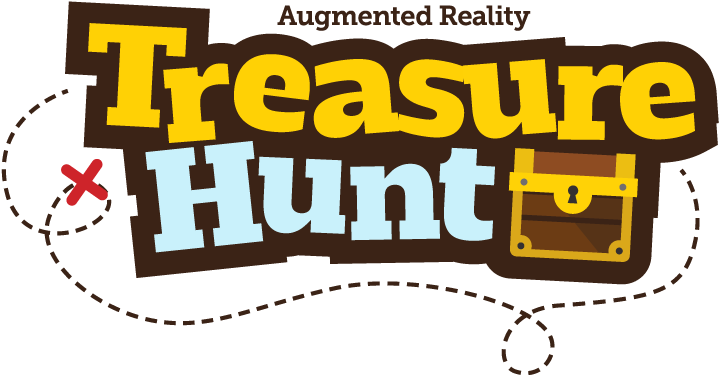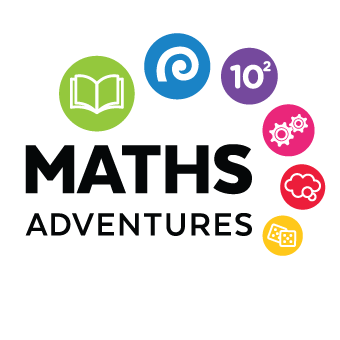
Augmented Reality Treasure Hunt Teacher Information
Augmented Reality Treasure Hunt is a mathematics unit of work for classes of Year 5 to 8 students (Grades 4 to 6) set in the context of a four-day treasure hunt. Students work collaboratively to find clues leading to ‘real’ treasure. It has been designed as an introduction to augmented reality and shows how it can enhance the learning of mathematics and development of 21st century competencies.
The mathematics involved has students using their understanding of base 10 place value and problem solving, with resourcefulness, resilience, and collaboration needed. A teacher or person acting as the teacher needs to complete one task, at the end, in relation to the treasure hunt.
We anticipate it will take 20 to 30 students working collaboratively 20 to 30 minutes to find and solve the 10 to 15 clues each day. Each day a message will be unlocked and the messages of Day 1, Day 2 and Day 3 lead to the message on Day 4 where the students will find ‘real’ treasure. Do not be deterred with students having to wrestle with some of the clues as this is part of developing their resilience and problem solving ability.
The type of clues may include:
- Missing letters
- a = 1, b = 2, c = 3, d = 4 … z = 26
- Extra letters added
- Mirror writing
- Backwards writing
- Jumbled letters
- Coordinates
- Directions showing a letter or number
Groups of students and younger students are welcome to take part. Teams of adults are also welcome to take part; select a leader to act as the teacher and enjoy the challenge.
Planning for this activity has been completed for teachers except for one task needed for the fourth day. During the first three days the teacher joins in with their class as a learner and code breaker.
Before Day 4 the teacher needs to decide how the treasure hunt will end. Day one informs the students that they are looking for a map and a game. The following days have them making a map using coordinates and realising that the game is Monopoly. Day 4 has them using the map they made and the Monopoly board (the UK London based board) to decipher the last message, which is “by the leader”. This message could mean that the students need to look for the treasure, or the next clue by, a photo of a leader in the classroom, a newspaper article on the wall of a leader, by the teacher’s desk, or it could mean it is by the principal, or another school or class leader. The Day 4 message is deliberately nonspecific to allow for the very wide range of classrooms and contexts it will be used in.
Once you have decided what ‘by the leader” means in your context you then need to decide how the treasure hunt will end and what treasure there will be. We suggest the treasure is a packet of biscuits, sweets, cake or something the class can enjoy together. Some teachers have chosen not to use food as the treasure and have hidden a note indicating some treat for the class.
Some teachers hide the treasure “by the leader” or near to it and encourage students to search, while other teachers choose to continue the treasure hunt a little longer by hiding a map of the school or message indicating the next place to look. A word of caution, students have been known to arrive at school very early looking for treasure on Day 4, making teacher’s efforts to hide clues or treasure very difficult. I have known of situations where students have found clues and found the treasure before the start of Day 4.
